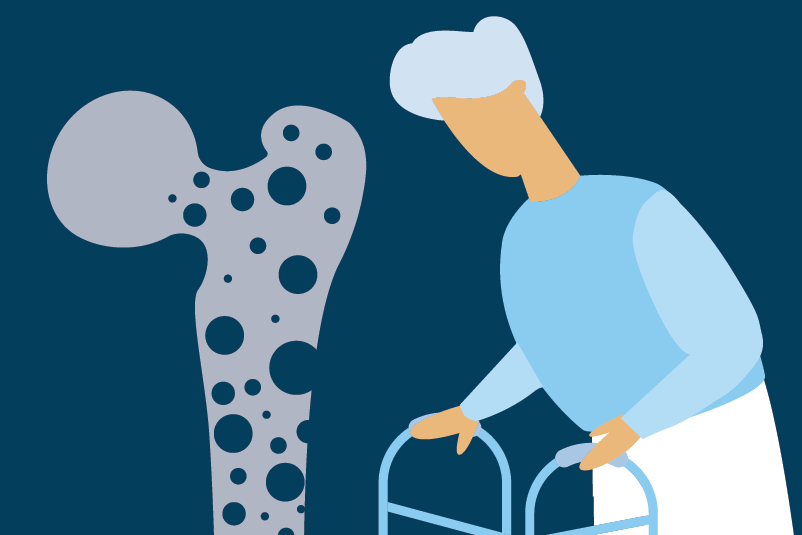#123 A Serendipitous Discovery and Novel Treatment for Infantile Hemangiomas

Reading Tools for Practice Article can earn you MainPro+ Credits
Join NowAlready a CFPCLearn Member? Log in
- RCT (40 children, aged nine weeks to five years, followed x 6.0 months).1 Compared to placebo, propranolol 2mg/kg (divided three times per day) statistically significantly:
- Stopped IH growth by week four for all children.
- Reduced IH volume at all weeks (example Week 12: -48.5% vs. +17.9%).
- No significant hypotension, hypoglycemia, or bradycardia.
- Systematic review (40 observational studies plus above RCT,1 1,264 children, mean age 6.6 months, treated x 6.4 months):2
- Mean response rate (any improvement) 98%.
- Serious side effects rare: symptomatic hypotension, bradycardia, or hypoglycemia in ten.
- RCT (41 children, median nine weeks old).3 At 20-24 weeks, significantly more IHs with one drop timolol maleate 0.5% gel twice a day vs. placebo:
- Decreased in size by >5% (vs. normal increase in size at this age) Number Needed to Treat (NNT)=3.
- Limitations: Small numbers.
- Prospective clinical study (124 children, ≤12 months age).4 At four months, significantly more in timolol group than observational group reported:
- IH stopped growing and/or became smaller, 92% vs. 34%, NNT=2.
- No serious adverse events.
- Numerous smaller retrospective cohort and prospective clinical studies report similar findings.5-9
- Beta-blockers for IH first reported in 2008 when two infants started on propranolol for cardiac reasons experienced dramatic involution of severe hemangiomas.10
- Hemangiomas often develop in the first few weeks of life, reach 80% of their final size by three months and 80% complete growth by five months.11 By five years the majority of lesions completely disappear without treatment.12
- Oral propranolol FDA-approved for severe IHs.13 No beta-blocker approved by Health Canada for this.






